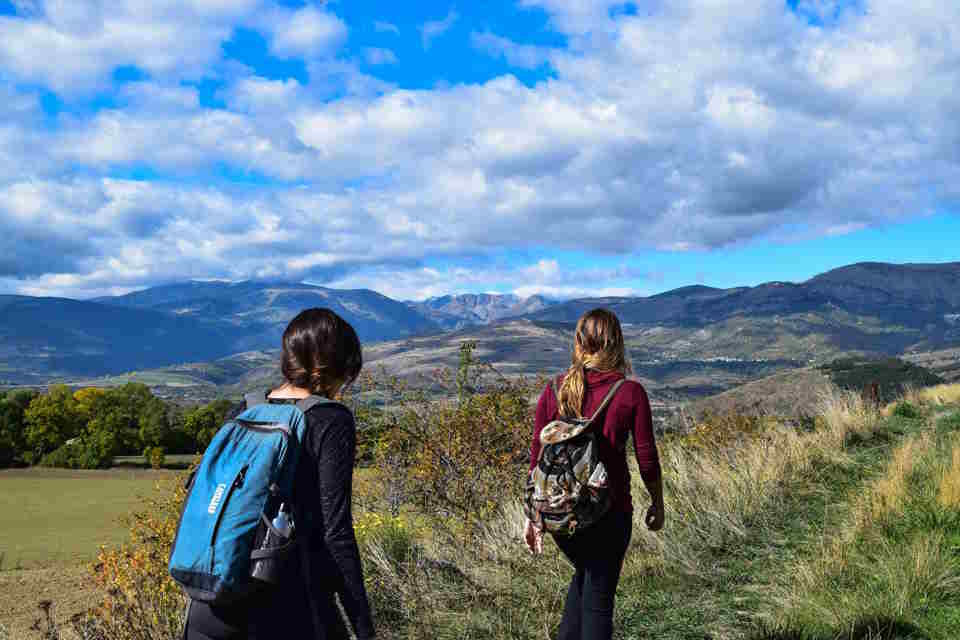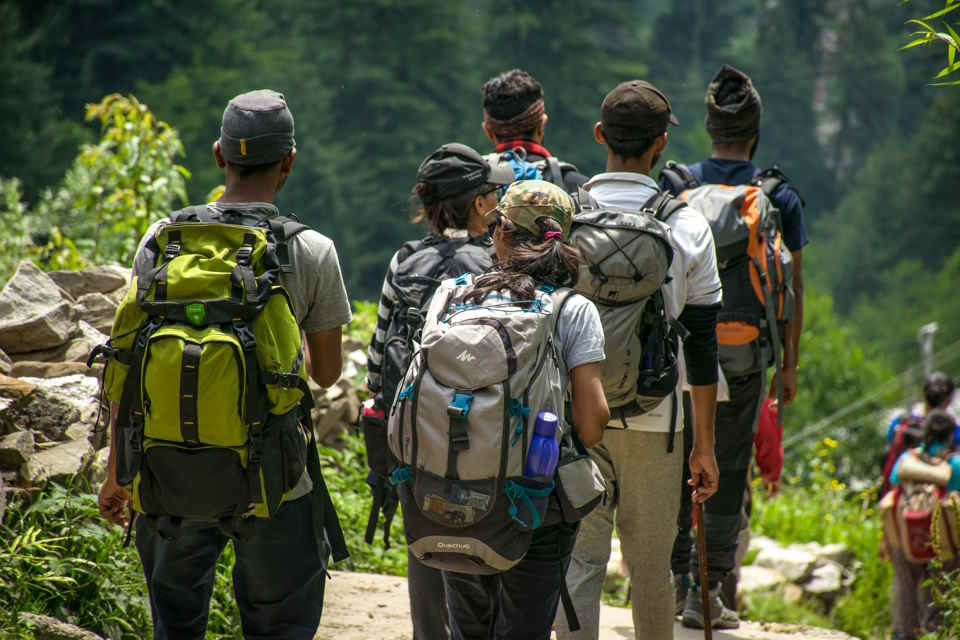Are you preparing for your next outdoor adventure and feeling overwhelmed by the amount of gear you need to bring? Choosing the right backpack and organizing your essentials can make all the difference in your comfort and enjoyment on the trail. In this blog post, we’ll cover everything you need to know about backpacking essentials, from selecting the right size backpack to optimizing weight distribution for comfort. We’ll also discuss the efficient packing of food and water, as well as the importance of securing and adjusting your backpack straps. Whether you’re a seasoned hiker or a beginner, these tips will help you make the most of your next backpacking trip.
Choosing The Right Backpack Size
When it comes to choosing the right backpack size for your outdoor adventures, there are a few important factors to consider. The first thing to think about is the duration of your trip. If you’re planning a short day hike, a smaller backpack will likely suffice. However, for longer excursions or overnight trips, you’ll need a larger backpack to accommodate all of your gear and supplies.
Another key consideration is the type of activities you’ll be engaging in. For example, if you’ll be trekking through rugged terrain or participating in activities that require a lot of gear, you’ll want a backpack with a larger capacity. On the other hand, if you’re simply going for a leisurely stroll, a smaller backpack may be more appropriate.
Finally, make sure to take your own body size and comfort into account. It’s important to choose a backpack that fits your frame properly and distributes weight evenly. This will help prevent discomfort and strain on your shoulders and back, allowing you to enjoy your outdoor adventures to the fullest.
Organizing Essentials For Quick Access
When heading out on a hiking or camping trip, one of the key factors in ensuring a smooth and enjoyable experience is having quick access to essentials. It can be frustrating to search through your backpack for items you need frequently, so organizing your backpack for quick access is essential.
First, separate your backpack into compartments or sections to keep similar items together. For example, have a designated compartment for snacks, another for first aid supplies, and another for tools or navigational equipment. This way, you can easily locate what you need without rummaging through the entire bag.
Consider using clear plastic pouches or small containers to keep small items organized and visible. This will save you time and frustration when searching for items such as matches, a compass, or a multi-tool. Utilizing zippered pockets or mesh compartments can also help keep items in place and easily accessible.
Optimizing Weight Distribution For Comfort
When it comes to hiking or backpacking, one of the keys to a comfortable journey is optimizing the weight distribution of your backpack. Carrying a heavy load can quickly lead to discomfort and fatigue, so it’s important to pack and adjust your gear in a way that minimizes strain on your body. By following a few simple tips, you can ensure that your backpack is well-balanced and easy to carry, allowing you to enjoy your outdoor adventure to the fullest.
One of the first things to consider when optimizing weight distribution is the placement of heavy items. Heavy items such as water bottles, cookware, and food should be packed close to your back and centered in the middle of the pack. This helps to keep the weight close to your body’s center of gravity, reducing strain on your back and shoulders. It’s also a good idea to pack heavier items lower in the pack, as this can help to stabilize the load and prevent it from shifting around as you walk.
Another important factor in optimizing weight distribution is the use of compression straps and load lifters. Compression straps can be used to secure the contents of your pack, preventing them from shifting and creating an unbalanced load. Load lifters, which are typically found on the top of the shoulder straps, can be adjusted to pull the weight of the pack closer to your body, reducing the strain on your shoulders and upper back. By utilizing these features, you can ensure that your pack is well-balanced and comfortable to carry, even on long hikes or treks.
Packing Food And Water Efficiently
I’m sure we can all agree that one of the most important parts of any backpacking trip is making sure you have enough food and water to keep you going. But when you have limited space in your backpack, it’s essential to pack your food and water efficiently. Here are some tips to help you make the most of the space in your pack while ensuring you have enough sustenance for your outdoor adventures.
First and foremost, when it comes to packing food and water efficiently, it’s crucial to prioritize lightweight and non-perishable items. Opt for dehydrated or freeze-dried meals, as well as snacks like trail mix, energy bars, and jerky. These items are not only lightweight, but they also won’t take up much space in your pack. Additionally, consider pre-portioning your meals and snacks into resealable bags to save space and reduce waste.
When it comes to water, a hydration system can be a game-changer. Investing in a hydration bladder or collapsible water bottles can help you save space and make it easier to stay hydrated on the trail. It’s also a good idea to bring along a portable water filtration system or purification tablets so you can refill your water bottles from natural water sources along the way.
In addition to packing efficiently, it’s essential to consider the placement of your food and water in your backpack. Store heavier items like water bottles close to your back to help distribute the weight more evenly and maintain your center of gravity. Keep snacks and other essentials in easily accessible pockets or compartments so you can refuel on the go without having to unpack your entire backpack.
Securing And Adjusting The Backpack Straps
When it comes to hiking or backpacking, securing and adjusting the backpack straps is crucial for a comfortable and safe journey. The right fit and placement of the straps can make all the difference in how you carry your load and prevent discomfort and potential injury. Here are some tips for securing and adjusting your backpack straps for an enjoyable outdoor experience.
First and foremost, make sure to secure the hip belt around your hips, not your waist, to distribute the weight of the pack onto your hips and relieve pressure on your shoulders. Tighten the hip belt snugly, but not too tight, so that it rests comfortably on your hips. Next, adjust the shoulder straps so that they are snug against your shoulders, with no gaps between the straps and your body. This will help keep the weight of the pack close to your body and prevent it from pulling you backward.
It’s also important to check the load lifter straps located at the top of the shoulder straps. These straps can help to pull the weight of the pack closer to your body and prevent it from sagging backward. Adjust the load lifter straps so that they are at a 45-degree angle from the pack, creating a balanced and comfortable fit. Lastly, don’t forget to adjust the sternum strap, located across the chest, to further stabilize the pack and prevent it from shifting while you move.









